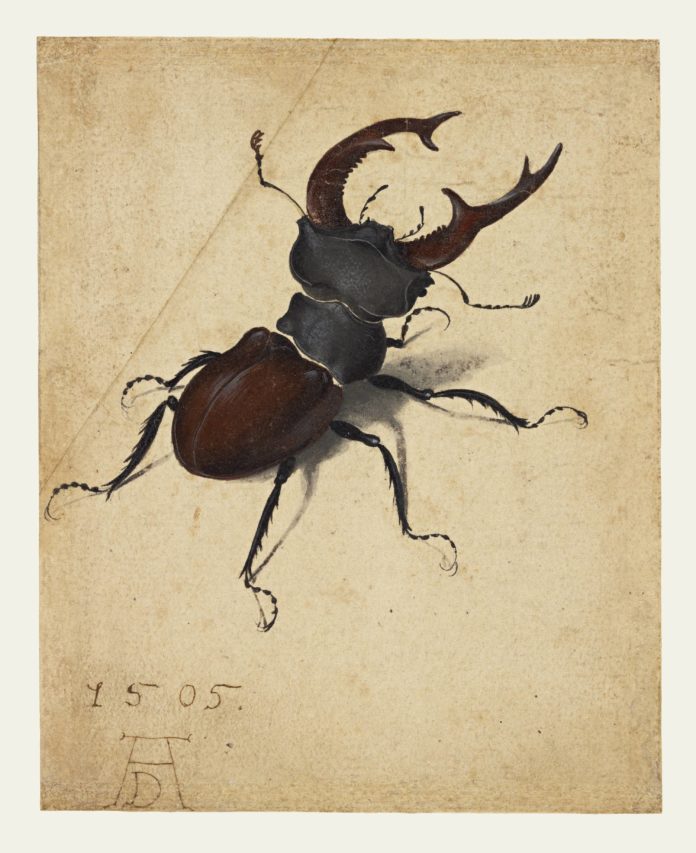Animals in Art > For the first time in the history of Rijksmuseum, the Netherland’s national museum of art and history, the museum’s Philips exhibition wing has been invaded by creatures great and small in two landmark exhibitions.
“Crawly Creatures” (through January 15, 2023) sheds light on the changing perception in the arts and sciences of the most feared and captivating family of animals through the 16th and 17th centuries. With more than 1000 creatures depicted in 140 works of art, highlights of the exhibition include the first drawing with an insect as the main subject by Albrecht Dürer, Medusa as painted by Rubens, and the finest sottobosco paintings of forest-floor still life by the inventor of the genre Otto Marseus van Schrieck, who bred his own reptiles, amphibians, and insects.

“Clara the Rhinoceros” through January 14, 2023 charts the 18th century’s phenomenon of an animal who traveled far from her native land of India and became the most famous rhinoceros in the world. Through 60 paintings, drawings, medals, statues, books, clocks, and goblets, the exhibition explores how in Europe new knowledge changed perceptions of an unknown Asian animal. Most of the artifacts in the exhibition have been brought together for the first time. Highlights include a life-size, full-length portrait of Clara by Jean-Baptiste Oudry dating from 1749 and a painting by Pietro Longhi from 1751 showing Clara standing in front of her audience in Venice.

Taco Dibbits, General Director of the Rijksmuseum said: “Wonder is the central theme of both exhibitions. A shared fascination of the 17th or 18th-century artist and scientist, but also of the current exhibition visitor. Marvel at the gossamer wing of a dragonfly and the thick folds in the skin of a rhinoceros. At the same time, the exhibitions are also about how Western humans have interacted with other animals in the past. That is a very topical and relevant theme.”
For more information: www.rijksmuseum.nl/nl








